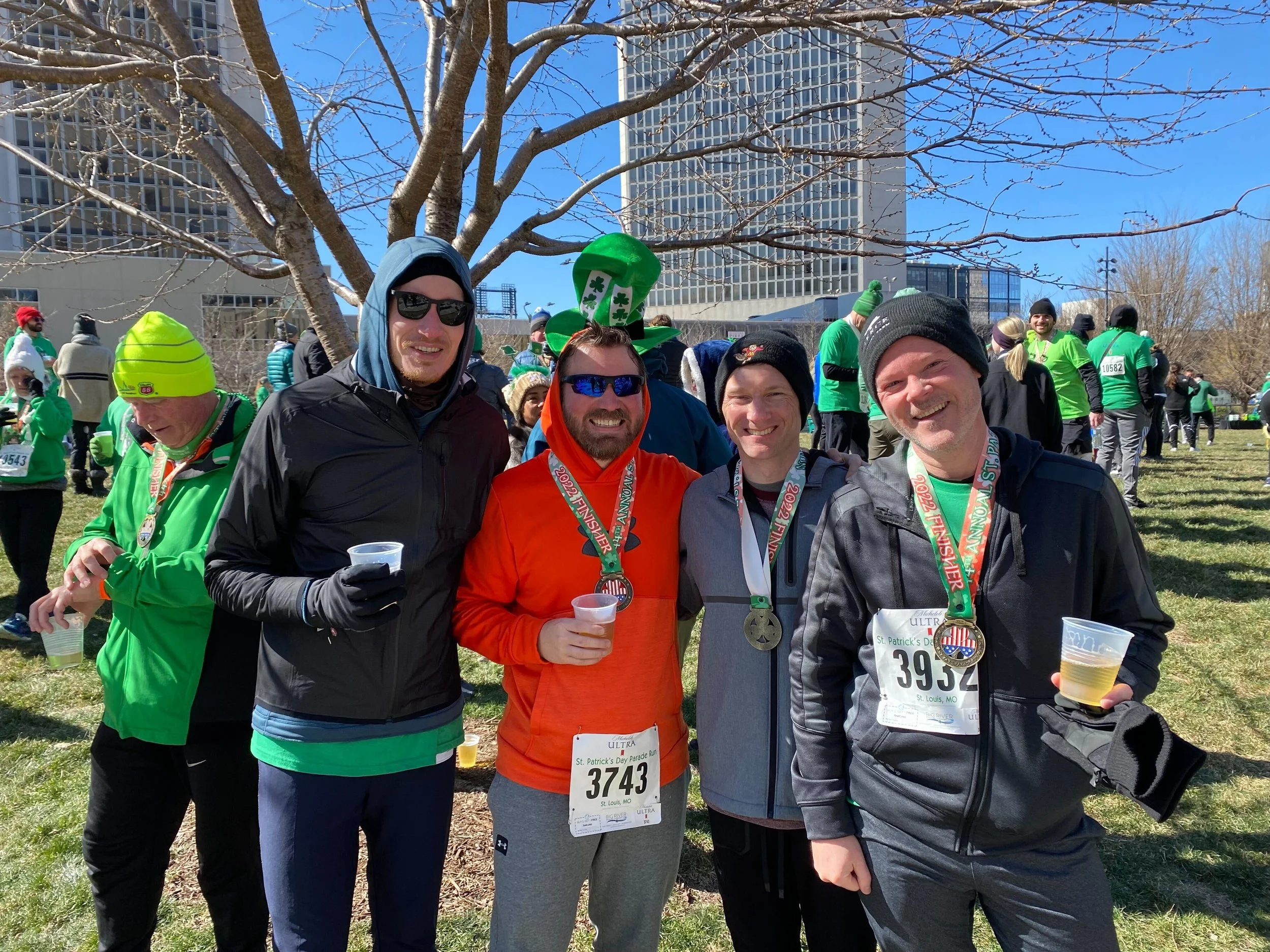Donations
I donated my single-speed State Bicycle yesterday. Ridding the bike was probably overdue; it was essentially my starter bike. At the time of purchase I figured it was a bike that could get me anywhere, and in a sense it did. I logged hundreds of miles on it, maybe thousands. That’s some serious pedaling on a single-speed bike.
It was a poorly fitting bike. The store employees warned me so when I purchased it. I bought it anyways out of desperation for a bicycle; bikes my size were rare in the pandemic era.
“This isn’t your ideal fit. If we give the fit a letter grade, it would be a B minus or C.”
As my mileage increased over the last year, a nascent lower back pain also spread and worsened. The pain increased to a point last week in which I was barely able to ride after a few minutes of pedaling. And that was in spite of rarely using it (my primary bike is my gravel bike). I found myself constantly having to “stand” on the bike and “stop for stretches.” The pain would linger after the ride. Last week it was severe enough that even sitting upright caused severe pain.
In a nutshell, the bike had to go. Cycling isn’t supposed to be about fighting a crippling back pain. I’ve had enough injuries this year already and spent my share of time in physical therapy!
I decided to donate the bike because it wasn’t that costly in the first place (it’s a State Bicycle 4130 that had already been through a crash, which caused some damage). Plus, someone might need it… who knows. And hopefully it fits that person better than it fit me. I figured I’d find more meaning from giving the bike to someone in need than than I would from selling the bike. So I dropped it off at a donation center and said goodbye.
I can’t say I’ll miss the bicycle, though I’ll remember it was the bike that “started my new journey.” The back pain was too severe for me to miss the bicycle. The crash was too traumatic.
It was the bicycle, after all, that I was riding when I was hit by a car last summer. I’d still get flashbacks when I rode it. I prefer not to think about that moment.
I have a new bicycle, and I had it professionally fitted at the bike shop this time. I do believe now that having a professional give a “thumbs up” on a bike fit and make some detailed adjustments is worth the time and cost. Having a quality bicycle is also worth the cost for someone who is becoming increasingly obsessed with cycling!
The new bike is a Giant Defy Advanced. It seems ready to handle thousands upon thousands of miles in the upcoming years. More details in the future…

